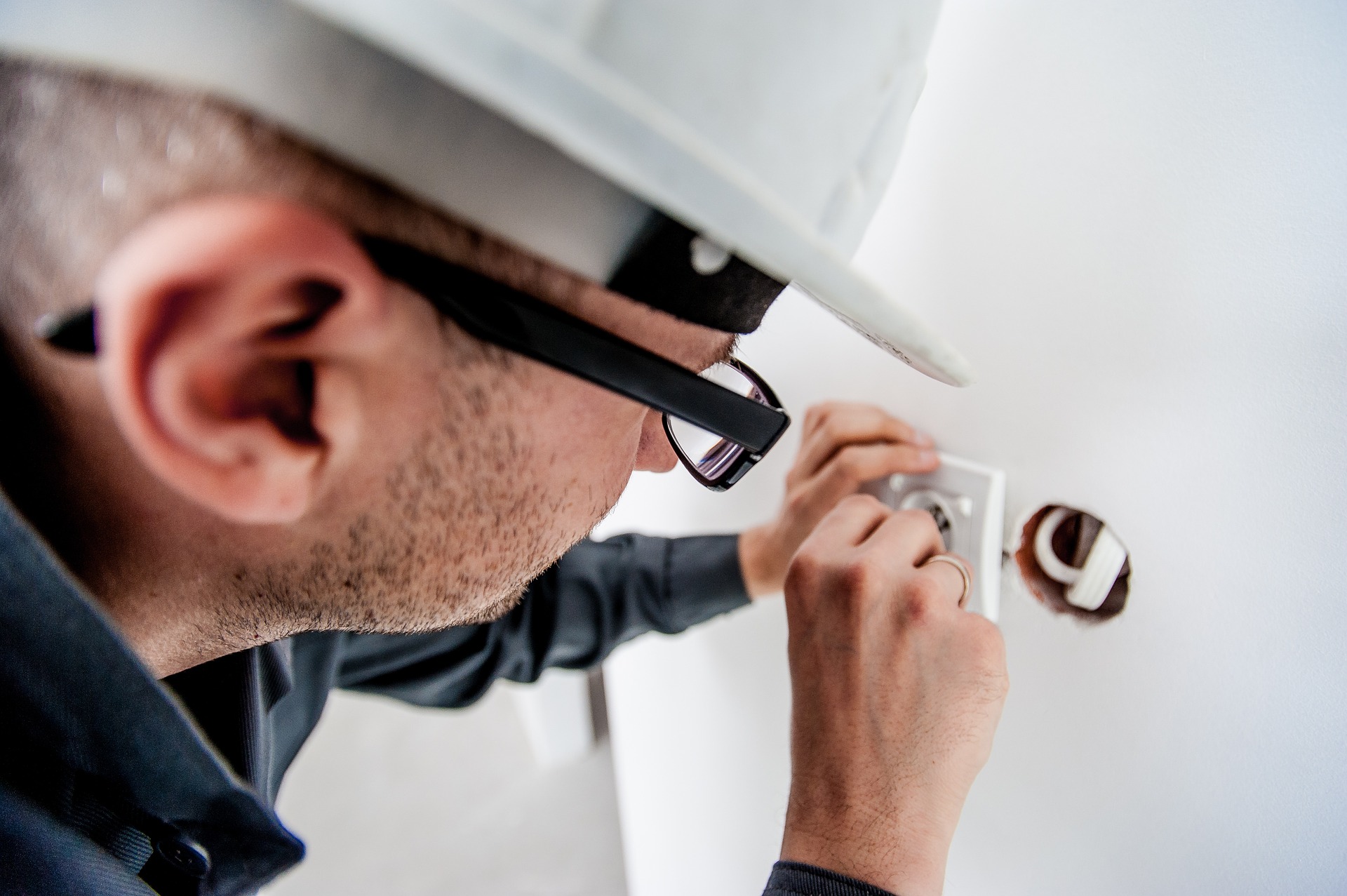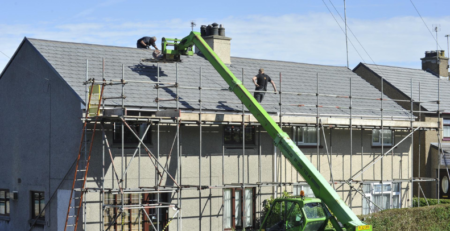Important Safety Requirements for New Landlords
If you are just starting out with investing in buy-to-let properties or thinking about it, you will need to be aware of the safety standard requirements for your properties. The basic critical safety standards for new landlords managing rental homes are set out below.
“Every landlord’s primary concern should be the security and safety of their tenants,” said Jamie Johnson, CEO of FJP Investment. Jamie continued, “The private rental sector, councils, short-term rentals like AirBnB, social housing, the hospitality industry, hotels, hostels, and vacation homes all across the UK, are all required to adhere to these standards.”
Each landlord has the ability to make a difference by ensuring that their own rental properties are completely compliant with the regulations that are supposed to protect tenants, but unfortunately, there are some unscrupulous landlords and agents that ignore these important standards. You’re more likely to locate long-term renters who will look after your property if you take good care of your current tenants.
Right to rent checks
The Home Office has implemented Right to Rent checks to make it difficult for illegal immigrants to rent a home. In addition to a £3,000 punishment per illegal immigrant for a second and subsequent offences, HMO landlords who rent to unlawful non-EEA migrants face fines of up to £1,000 per illegal immigrant for a first offence. As well as being a matter of safety, this is an opportunity to verify that the property is not being used illegally.
The property must be fit for human habitation: Homes (Fitness for Human Habitation) Act 2018
As of March 20th, 2019, the law went into effect, making it easier for tenants to take legal action against landlords who fail to meet their legal responsibilities to maintain the safety of their rental premises. The main factors to consider are whether:
- the building has been neglected and is in a bad condition
- the building is unstable
- there’s a serious problem with damp
- it has an unsafe layout
- there’s not enough natural light
- there’s not enough ventilation
- there is a problem with the supply of hot and cold water
- there are problems with the drainage or the lavatories
- it’s difficult to prepare and cook food or wash up
The Housing Health and Safety (England) Regulations 2005 state clearly that a house must be fit for its intended purpose and that renters must be able to peacefully enjoy their home without fear of the 29 risks listed in the regulations.
Landlord’s Gas Safety Record and checks
The Health and Safety Executive (HSE) has stated that “Landlords have a legal duty of care to their tenants, which includes repair and maintenance of gas pipework and flues, and to keep appliances in a safe condition”.
Residential property landlords have a legal obligation to keep their tenants safe, and part of this responsibility involves gas safety. A Gas Safe qualified engineer must conduct an annual gas safety check on all gas appliances, and the findings of the inspection must be recorded in the Landlord Gas Safety Record, as required by law.
Another safety requirement is to ask a Gas Safe qualified engineer to do the following tasks when asked to perform a safety check, even though installation pipework is not included in the yearly safety inspection.
- The whole gas system, including the installation pipes, should be tested for tightness.
- Visual examination of the pipework
Legionella risk assessments requirements
Landlords renting out private property (including a room in your home) must ensure they meet their legal responsibilities regarding health and safety for tenants. This effectively means that you must make sure there are no health hazards which could cause harm to the tenant.
There are two principal pieces of legislation that you must be aware of and adhere to:
Section 3(2) of the Health and Safety at Work Act 1974 (HSWA)
Section 53 of the HSWA categorises landlords as self-employed, whereas tenants are classified as “other persons” (not being his employees). If a landlord leases out a home, he or she has a legal obligation to make sure that the tenants are not exposed to health and safety concerns as a result of the rental activities.
The Control of Substances Hazardous to Health Regulations 2002 (COSHH)
Biological agents (e.g. Legionella) are included in the (COSHH) framework of activities to control risk-to detect and assess the risk and to execute any required steps to control the risk.
As of 2001, landlords of both residential and commercial properties are required to assess the risk of Legionella exposure to their tenants in accordance with the L8 Approved Code of Practice (3rd edition). The L8 Approved Code of Practice (ACOP), which was updated and reissued in November 2013, gives more help of employers and people in charge of property management, like landlords. (See paragraphs 1 and 2 of the L8 ACOP.)
The Health and Safety executive offers advice and guidance for landlords here.
The Electrical Installation Condition Report (EICR)
All residential properties, but notably those in the private lease sector, will be subject to new regulations that came into effect on June 1, 2020.
To ensure the safety of an existing electrical system, an Electrical Installation Status Report (EICR) is carried out and is used to characterise its current condition. Consumer units, protective bonding, lights, switches, sockets, and other elements of the system are among the components that are the subject of this report. Its primary goal is to determine whether the electrical installation may be used in its current state without causing harm.

Local authorities can impose fines of up to £30,00 on landlords who fail to submit these reports, in addition to the obvious physical and safety benefits that come from them.
The Energy Performance Certificate (EPC)
When a property is built, sold, or rented, it must have an Energy Performance Certificate (EPC), which is valid for ten years. Using an EPC, a property can be rated from A (the most efficient) to G (the least efficient).
Landlords who fail to submit an Energy Performance Certificate (EPC) when requested by prospective purchasers or renters before the property may be marketed in order to sell or rent, risk a fine, even though it is not a health and safety requirement.
The UK government’s requirements on the EPC can be found here.
Alarms for smoke and carbon monoxide
At least one smoke alarm must be installed on every floor of a private sector landlord’s property, and a carbon monoxide alarm must be installed in each room with a solid fuel burning equipment (e.g., a coal fire or wood-burning stove). At the beginning of each new lease, a landlord must ensure that the alarms are operational.
From October 1, 2015, all landlords in the private rental sector must meet the following requirements:
- A smoke alarm on each floor of their rental home that they occupy as a place to live.
- At the commencement of each new tenancy, the landlord must ensure that the carbon monoxide detectors are operating properly in each room where solid fuel is used.
- Again, apart from the obvious benefits of smoke and carbon monoxide alarms, local governments can fine landlords up to £5,000 if they don’t fix problems when they are told to.
Further information can be found here
Landlord inventory and check our reports
There are key aspects to letting out homes, such as the tenancy agreement and obtaining references and credit checks, etc. That said, in the process of renting out a property, the paperwork that underlies the whole process plays a vital role.
At the moment of check-in, inventory reports should include sections showing that all alarms have been tested, and that the property is safe for human occupancy by displaying a list of papers such as gas safety certificates and EICR reports.
In addition, the checkout should show off the property’s improvements and provide a record of ongoing upkeep. New Gas Safety Records or Legionella Risk Assessments, as well as the replacement of smoke alarm batteries and an inspection of the property’s cleanliness and suitability for usage, should be determined by this process.
A landlord has the additional risk of not being able to demonstrate, on the balance of probabilities, that he or she has a genuine claim against the deposit in the absence of an inventory. This might lead to an unjust judgement since the adjudicator cannot properly examine the evidence or allocate culpability. Therefore, the inventory is a paper trail that landlords can rely on as evidence to make sure the property is fit for human habitation and that they have carried out their health and safety responsibilities.
This is especially relevant now that tenant fees have been banned and landlords and letting agents bear the brunt of the burden.
ARE YOU READY TO START INVESTING?
Subscribe to our mailing list now for exclusive deals, investment guides and the latest information from the property market.







